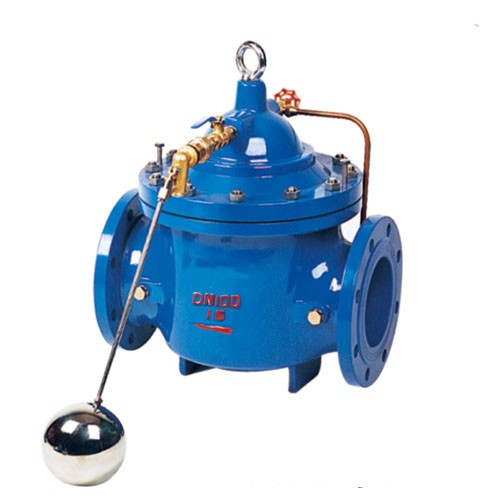electric actuator types
Understanding Electric Actuator Types A Comprehensive Overview
Electric actuators are pivotal components in modern automation systems, providing precise control over movement and position for various applications. Utilizing electrical energy to produce linear or rotary motion, these devices are an excellent alternative to pneumatic or hydraulic systems. Understanding the different types of electric actuators can help engineers and technicians select the most suitable option for their specific requirements.
1. Linear Electric Actuators
Linear electric actuators are designed to create straight-line motion. They are commonly used in applications where precise linear movement is necessary, such as in robotic arms, conveyor systems, and automation machinery. There are two primary types of linear electric actuators
- Screw-driven Actuators These operate using a screw mechanism, where a motor turns a screw to produce linear motion. They are renowned for their reliability and precision, making them ideal for applications requiring high levels of force and accuracy.
- Belt-driven Actuators These utilize a belt system to transfer motion. They are often chosen for their speed and capability to cover longer distances quickly. Belt-driven systems are commonly seen in automated packaging and assembly lines.
Unlike linear actuators, rotary electric actuators produce rotational movement. They are essential in applications where movement along a circular path is required, such as in valves, robotic joints, and turntables. Rotary actuators come in various forms, including
electric actuator types

- Servo Motors Utilizing closed-loop control systems, servo motors provide precise angular positioning and speed control. They are extensively used in robotics and CNC machinery due to their high accuracy and responsiveness.
- Step Motors These motors divide a full rotation into a series of discrete steps, allowing for precise positioning. Step motors are commonly used in 3D printers and other applications where precise movements are necessary.
3. Direct Drive Actuators
Direct drive actuators eliminate the need for gears or belts, connecting the motor directly to the load. This setup enhances efficiency and reduces maintenance needs. They are most commonly found in applications requiring high precision, such as laser cutting machines and medical devices. The reduction of mechanical components also minimizes backlash, a common issue in precision applications.
4. Smart Electric Actuators
With the advent of Industry 4.0, many electric actuators now feature smart technology that allows for integration with IoT systems. These smart actuators can provide real-time data about performance and health, enabling predictive maintenance and enhancing overall reliability. They are particularly beneficial in complex automation systems where monitoring and adjustments are vital for optimal performance.
Conclusion
Electric actuators are indispensable in the age of automation, powering a wide range of applications across various industries. Understanding the different types, their mechanics, and their specific use cases enables businesses to optimize their processes. Whether choosing linear, rotary, or smart actuators, evaluating the unique requirements of each application will lead to the best outcomes in efficiency, precision, and reliability. Emphasizing the importance of electric actuators paves the way for innovation and advancement in automation technologies.
-
The Key to Fluid Control: Exploring the Advantages of Ball Valves in Industrial SystemsNewsJul.09,2025
-
The Versatile World of 1, 2, and 3 Piece Ball ValvesNewsJul.09,2025
-
Stainless Steel Ball Valves: The Ideal Choice for Efficient Flow ControlNewsJul.09,2025
-
Optimizing Fluid Control with Ball Float ValvesNewsJul.09,2025
-
Manual Gate Valves: Essential for Control and EfficiencyNewsJul.09,2025
-
Everything You Need to Know About Butterfly ValvesNewsJul.09,2025
-
The Versatility of Wafer Type Butterfly ValvesNewsJul.08,2025




